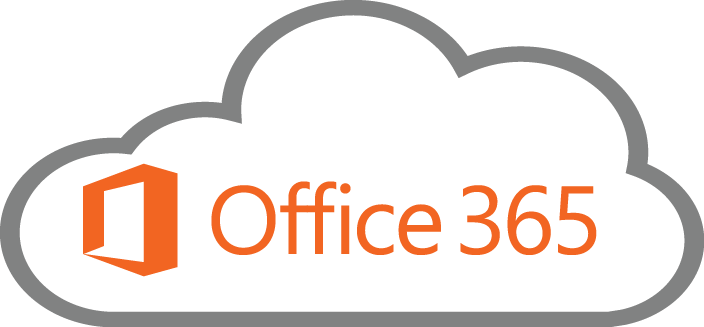Comparing Exchange Online Plans
Exchange Online is available as a standalone service or you can get it as part of an Office 365 plan that includes Office, SharePoint, and Lync. The following table compares the two standalone plans, or you can compare the Office 365 options.
Exchange Online Plan 1US$4.00 user/month | Exchange Online Plan 2US$8.00 user/month | |
| Large mailboxes: Each user gets 25 GB of mailbox storage and can send messages up to 25 MB in size. | ||
| Outlook support: Users can connect supported copies of Outlook to Exchange Online, so they can use the rich client application they already know. | ||
| Web-based access: For web-client access, Outlook Web App provides a premium browser-based experience that matches the look and feel of the full Outlook client. | ||
| Mobility: Mobile access is available from all phones that can receive email, including Windows Phone, iPhone, Android, and Blackberry devices. | ||
| Shared calendar and contacts: Users can compare calendars to schedule meetings and can access collaboration features, including shared calendars, groups, the global address list, external contacts, tasks, conference rooms, and delegation capabilities. | ||
| Apps for Outlook: Users can spend less time switching between apps with an extension model that allows third-party web applications easy plug-in access for both Outlook and Outlook Web App. | ||
| Security: Every mailbox is protected with premier anti-malware and anti-spam protection via Exchange Online Protection. | ||
| In-Place Archive: Reduce inbox clutter by automatically moving old messages to an In-Place Archive. | ||
| In-Place Hold: Use In-Place Hold to preserve deleted and edited mailbox items from users’ primary mailboxes and In-Place Archives. | ||
| Unlimited storage: Take advantage of unlimited storage (25 GB of storage in the user’s primary mailbox, plus unlimited storage in the user’s In-Place Archive). | ||
| Hosted voice mail: Take advantage of hosted Unified Messaging services that provide call answering, a dial-in user interface, and company automated attendant capabilities. | ||
| Data Loss Prevention (DLP): Control sensitive business data with built-in DLP policies based on regulatory standards such as PII and PCI, which help to identify, monitor, and protect sensitive data through deep content analysis. |
